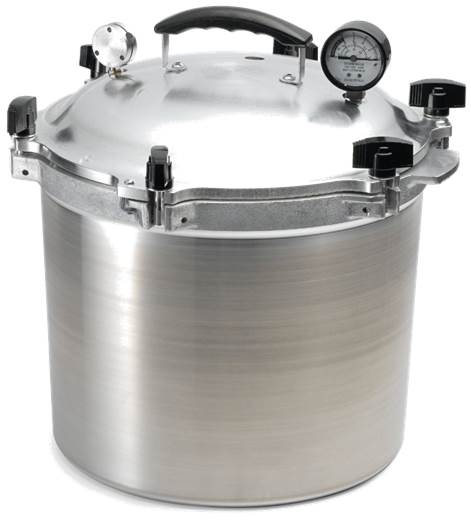Each day I walk to the garden to see how things are growing, though I must admit it seems the weeds win every time! I love to spend time outside after working inside all day and I am anticipating the day when I get to pick the harvest to both eat and preserve. Home canning has been passed on from my grandmother to my mother, to me and our girls. There’s just something special about being able to replicate flavors from the seed to the table. With that in mind, it’s a great time to get your equipment in working condition so that when your produce is ready, you are too! Here’s a quick list to get you started:
*Check you’re canning jars to see how many you have, what you may need and inspect for nicks or cracks around the top. Remember only Mason type jars are acceptable for home canning products, as they are constructed with tempered glass which is made to withstand the change in temperature, time after time.
*Canning lids can be purchased ahead of time, but check the expiration date for best results. The guideline is to only purchase the quantity of lids you will use in one year. Older lids may have a soft compound and result in a faulty seal. Remember that some have changed to simmering the lids, not boiling them—read the directions on the box for best results.
*Make sure your ring bands are in good condition, not rusty or bent. These can be used for several years, provided they are in good condition.
*Avoid closures such as zinc caps and glass lids that require a jar rubber. These do not provide a proper method to determine if the food is safe.
*Look for the latest research/reliable information to update your skills. The National Center for Home Food Preservation is a reliable site to look at videos, get new recipes and verify your knowledge for the coming year. Do not use recipes or instructions published prior to 2006 as they may not have accurate information for processing your food safely, many recipes were reformulated to reflect recent research.
*Are there any new gadgets that might help to make your job easier? Using a funnel or lid lifter may save you time in the long run and offer additional safety as well.
*Most importantly, have your pressure canner checked to make sure that the gauge is calibrated correctly. Contact your local Extension office for locations near you to have the inspection done. Don’t wait until you have a problem and risk wasting your food to have your canner checked. If you have a weighted gauge, it is not essential to have it calibrated as the weight will never change, but it can be inspected if you are having problems building pressure.
*If you have a new canner, or need a refresher, place three inches of water in the canner and do a test run to determine the proper temperature setting to use on your range and how quickly the pressure rises in the canner.
*Take inventory of how much food you have left from last year so that you can plan accordingly for this year. Remember the guideline is to use the home canned food within 12 months for best quality.
Making sure you are ready when the garden is, a timesaving strategy that you will be glad you did. Check out your local Extension office for more information or National Center for Home Food Preservation, http://nchfp.uga.edu/
Sources:
National Center for Home Food Preservation
Ohioline fact sheet, Canning Basics
Presto Pressure Canning Basics
Author: Melinda Hill, Extension Educator Family and Consumer Sciences, OSU Extension Wayne County
Reviewed by: Linnette Goard, Field Specialist, Food Safety, Family and Consumer Sciences, Ohio State University Extension.


